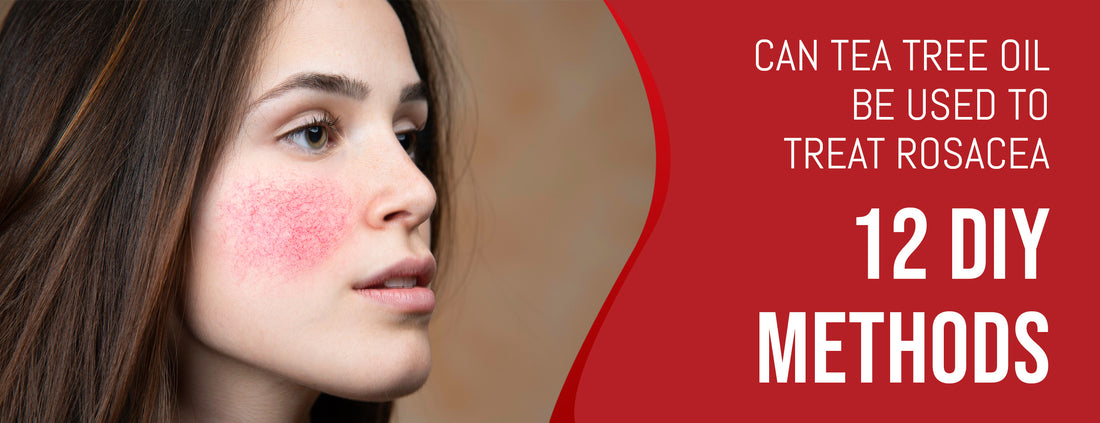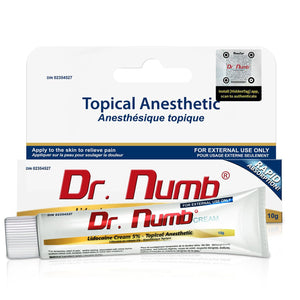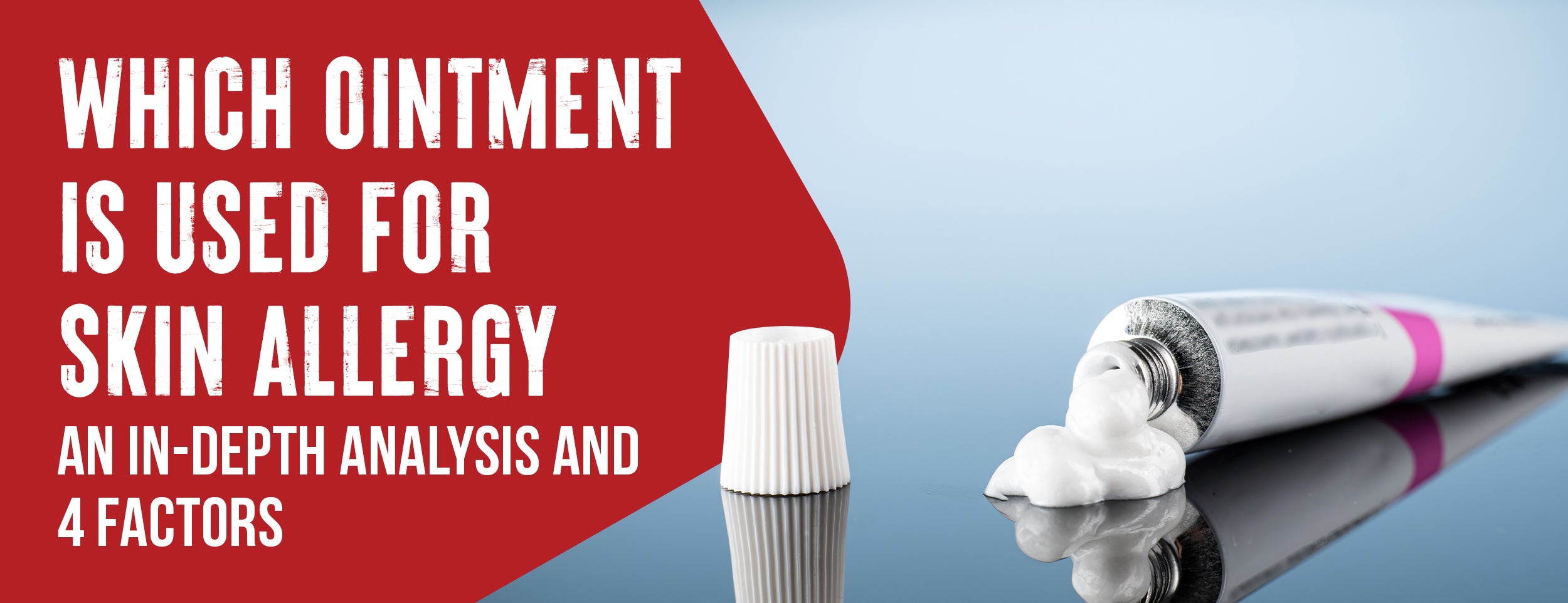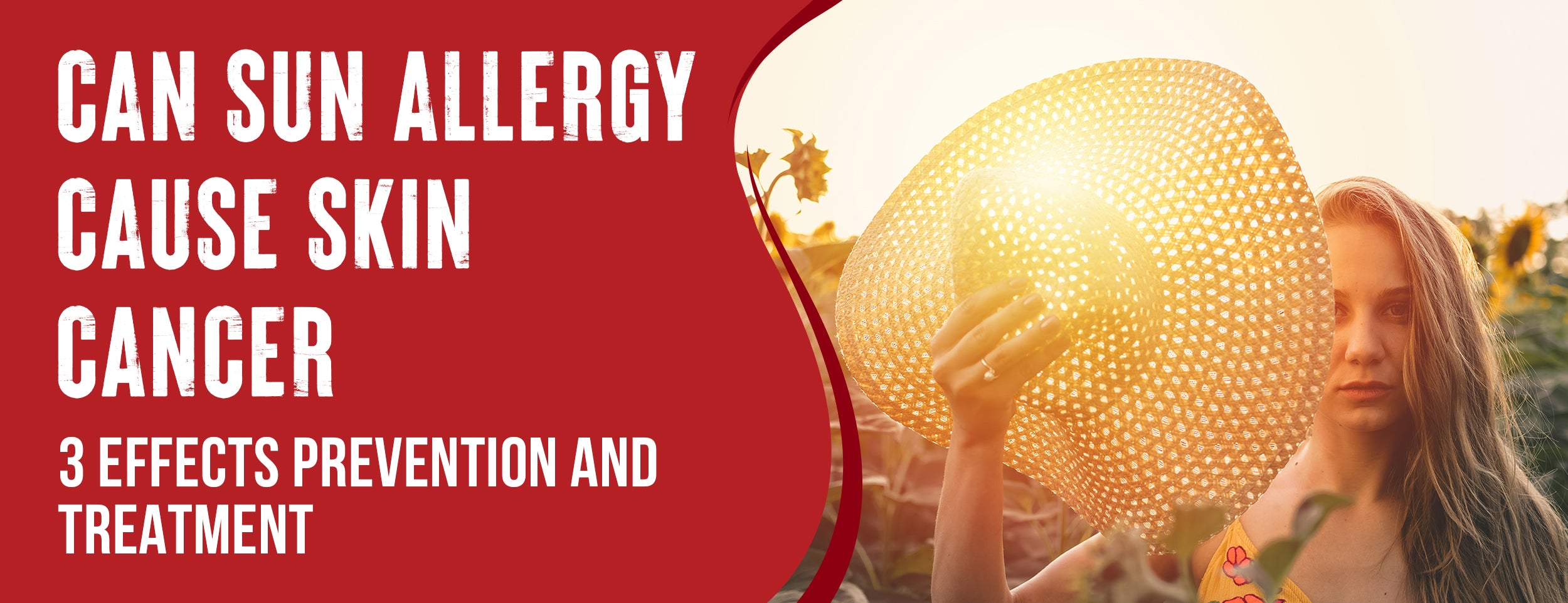Yes, tea tree oil is safe and has shown the potential to improve rosacea symptoms. It's advisable to consult a dermatology provider to determine the usage and potential interactions with other treatments.
While no permanent cure for rosacea exists, many treatments are available to control the symptoms. Many people are turning to tea tree oil as a natural remedy for rosacea because of its anti-inflammatory and antimicrobial properties.
In this blog post, we'll explore the different ways tea tree oil can treat rosacea and the benefits it can provide.
Can Tea Tree Oil Be Used to Treat Rosacea: 12 Methods

While rosacea has no cure, many ways exist to manage its symptoms. One of the most effective methods is using natural remedies, such as coconut oil, night cream, and tea tree oil.
Tea Tree Oil Wipes
Tea tree oil wipes are pre-moistened pads infused with tea tree oil. They offer a convenient and mess-free way to apply the oil directly to the skin. As an antibacterial and anti-inflammatory, tea tree oil has natural properties that can help soothe and reduce inflamed skin associated with rosacea.
How to Make and Use:
- Purchase pre-made tea tree oil wipes or make your own by following these steps:
- One cup of distilled water should be mixed with ten drops of tea tree oil.
- Dip cotton pads into the mixture until they are fully saturated.
- Airtight containers are best for storing the pads.
- To use the wipes, gently wipe your face with them, paying particular attention to the areas affected by rosacea. Avoid contact with eyes.
Benefits:
- Reduces redness and inflammation.
- Natural antibacterial properties can help keep skin clean and prevent further irritation.
- Convenient and easy to use.

Coconut Oil and Tea Tree Oil Night Cream
A night cream is a moisturizer planned to work while you sleep. It can deeply hydrate the skin while providing additional benefits such as anti-aging and acne-fighting properties.
How to Make and Use:
- To make the tea tree and coconut oil night cream, follow these steps:
- Tea tree oil should be added 5-10 drops at a time and mixed well.
- Tea tree oil should be mixed well in 5 -10 drops.
- Allow the mixture to cool and solidify.
- Apply a small amount to your face each night before bed.
- Be sure to patch-test the mixture on a small skin area before using it on your face.
Benefits:
- Coconut oil soothes dry, irritated skin associated with rosacea.
- Tea tree oil's bacterial and anti-inflammatory properties can reduce redness and inflammation.
- Both oils are gentle and non-irritating, ideal for sensitive skin.
Tea Tree and Lavender Essential Oils

Lavender essential oil is a versatile oil used for centuries in aromatherapy and natural medicine. It is well-known for its calming and relaxing effects, helping to promote restful sleep and reducing anxiety.
How to Mix and Apply:
- mix equal parts of each oil in a small bottle to make a tea tree and lavender oil blend.
- Apply a few drops of the mixture to your face each night, focusing on areas with rosacea symptoms.
Combination:
- Lavender oil's calming properties can help reduce stress and anxiety, which can trigger rosacea flare-ups.
- Tea tree oil's antibacterial and anti-inflammatory properties can help soothe inflamed skin and reduce redness.
- Combining these oils can help promote overall skin health and reduce rosacea symptoms.
Face cream with tea tree oil and olive oil
Benefits:
- Natural moisturizers such as olive oil soothe dry and irritated skin, a common symptom of rosacea.
- Its antioxidants can protect the skin from sun and free radical damage.
- Olive oil has anti-inflammatory properties that reduce redness, swelling, and bumps associated with rosacea.
How to Make and Use:
To make face cream, you'll need the following ingredients:
- 2 tablespoons of olive oil.
- 6 drops of tea tree oil.
- A small bowl.
Instructions:
- It is best to mix olive oil with tea tree oil.
- Using gentle circular motions, massage the mixture into dry, clean skin.
- Leave the cream on for at least 15-20 minutes.
- Pat yourself dry after rinsing off with lukewarm water.
Ways to Apply:
- Apply the face cream with olive oil and tea tree oil morning and night to soothe and moisturize the skin.
- You should thinly apply the cream to the affected parts of the face and neck areas.
- Massage gently with fingertips to ensure even distribution and absorption.
Tea Tree Oil and Honey Face Mask

Benefits:
- Rosacea and acne-causing bacteria can be dealt with effectively with honey's antibacterial properties.
- It is a natural humectant, meaning it retains moisture in the skin, preventing flaking and dryness.
- Honey reduces rosacea redness.
How to make and Use:
To make a honey and tea tree oil face mask, you'll need the following ingredients:
- 1 tablespoon of honey.
- Tea tree oil, 3-4 drops.
- A small bowl.
Instructions:
- Combine the honey with the tea tree oil.
- Make sure your skin is clean and dry, then apply the mixture gently circularly.
- Leave the mask on for 15-20 minutes.
- Using warm water, pat the face dry after rinsing.
How Honey and Tea Tree Oil Help in Treating Rosacea
- As a natural antibacterial, honey can aid in treating acne-causing bacteria and other skin conditions like rosacea.
- Honey's anti-inflammatory properties reduce rosacea-related redness and swelling.
- The natural humectant properties of honey can help keep moisture in the skin, reducing dryness and flakiness.
Tea Tree Oil and Almond Oil

Benefits:
Almond oil has been widely known for its nourishing, moisturizing, and soothing properties. With essential fatty acids, it can relieve inflammation and itchiness commonly associated with Rosacea. Here are some benefits of almond oil for Rosacea:
- Almond oil helps reduce inflammation and redness.
- Almond oil is non-comedogenic and does not clog pores.
- Almond oil provides a calming and soothing effect on the skin.
- Almond oil helps improve the skin's elasticity and tone.
- Almond oil hydrates and moisturizes the skin, preventing dryness and flakiness.
How to Mix and Apply:
Mixing tea tree oil with almond oil is easy. Pour one tablespoon of almond oil into a bowl and add three drops of tea tree oil. Mix well, and you're ready to go. Here's how you apply it:
- Wash your face gently with a non-abrasive cleanser.
- Pat dry with a soft towel.
- Apply the mixture gently using cotton balls or fingertips.
- After 10-15 minutes, rinse it with lukewarm water.
- For best results, repeat twice a day.
Why Almond Oil Is Preferred with Tea Tree Oil for Rosacea:
As a carrier oil, almond oil can dilute the potency of tea tree oil without affecting its benefits. Tea tree oil, when used undiluted, can sometimes irritate sensitive skin. But when mixed with almond oil, it becomes safe and more effective for regular use.
Tea Tree Oil and Jojoba Oil

Benefits:
Jojoba oil is another popular natural oil that can treat Rosacea. It closely mimics the skin's natural sebum and is highly moisturizing. Here are some benefits of jojoba oil for Rosacea:
- Vitamins and antioxidants in jojoba oil can help protect the skin.
- Jojoba oil can help reduce inflammation and redness.
- Jojoba oil helps regulate sebum production, preventing clogged pores and breakouts.
- Jojoba oil helps improve skin hydration and softness.
- Jojoba oil is non-comedogenic and non-clogging.
How to Mix and Apply:
Mixing jojoba and tea tree oil is as easy as combining it with almond oil. Mix one tablespoon of jojoba oil with tea tree oil drops in a small bowl. Stir well, and the blend is ready to use. Here's how to apply it to the skin:
- Cleanse your face with a gentle, non-soapy cleanser.
- Use a soft towel to dry.
- Use a cotton ball or fingertips to massage the mixture into the affected areas gently.
- Leave it on for 10-15 minutes, then rinse with lukewarm water.
- Repeat twice a day for best results.
Positive Effects of Jojoba Oil:
Jojoba oil is a gentle and effective oil that can be used on its own or blended with other oils and ingredients. It is safe for all skin types, including those with Rosacea. Here are some reasons jojoba oil is an excellent addition to any skincare routine:
- Skin absorbs jojoba oil quickly.
- Jojoba oil is non-greasy and non-irritating.
- Jojoba oil helps dissolve excess oil and impurities.
- Jojoba oil provides a protective barrier against environmental stressors.
- Jojoba oil promotes healthy skin cell renewal.

Tea Tree Oil and Oatmeal
Benefits:
Natural oatmeal cleanses and exfoliates the skin without irritating it. Here are some potential benefits of oatmeal for rosacea:
- Redness caused by rosacea can be reduced with oatmeal's anti-inflammatory properties.
- It has antioxidant properties that can prevent free radical damage.
- It can help balance the skin's pH level, which benefits people with rosacea.
- Oatmeal can soothe itchy and sensitive skin caused by rosacea and other skin disorders.
How to Mix and Apply:
Tea tree oil can be mixed with oatmeal to treat rosacea:
- Cook 1/2 cup of plain oatmeal as instructed and let it cool.
- Mix the oatmeal with a few drops of tea tree oil.
- Apply the mixture to the affected areas of your skin and leave it on for 20-30 minutes.
- Gently pat your skin dry after rinsing it with lukewarm water.
- Use this mixture once or twice a week, depending on your skin condition.
Tea Tree Oil Moisturizer:

A moisturizer is essential in keeping the skin hydrated, soft, and healthy-looking. Applying a moisturizer regularly can prevent dryness, flakiness, and irritation, which can trigger rosacea symptoms.
How to Make and Use:
Tea tree oil moisturizer, you will need
- 1 tablespoon of coconut oil.
- Tea tree oil, 2-3 drops.
- 1-2 drops of lavender oil (optional).
Mix the ingredients and apply them to your face, concentrating on the affected areas after cleansing. Use it twice a day for the best results.
The Benefits:
Using a tea tree oil moisturizer can:
- Hydrate and soothe the skin.
- Reduce redness and inflammation.
- Prevent breakouts and pimples.
- Kill bacteria that cause skin infections.
- Promote a healthy skin barrier.

Castor Oil and Tea Tree Oil
Benefits:
Castor oil is a natural moisturizer for the skin, rich in vitamins and fatty acids. Rosacea-prone skin benefits from its anti-inflammatory, antimicrobial, and antioxidant properties. Castor oil can:
- Reduce redness and swelling.
- Boost skin elasticity and firmness.
- Promote wound healing.
- Prevent acne and bacterial infections.
- Moisturize and nourish the skin.
How to Mix and Apply:
To make a tea tree oil and castor oil mixture, you will need:
- 1 tablespoon of castor oil.
- 2-3 drops of tea tree oil.
Mix the ingredients well before applying them to your face. Leave it on overnight and wash it off in the morning.
Combined Effects:
Combining castor oil with tea tree oil can enhance the benefits of both oils. The mixture can:
- Reduce inflammation and redness.
- Prevent bacterial infections and breakouts.
- Moisturize and nourish the skin.
- Soften and smooth the skin.
- Promote a healthy skin barrier.
Tea Tree Oil Steam Treatment
Steam treatment involves exposing the skin to steam to open the pores and improve circulation. It can be a great way to relax and de-stress while treating your skin.
How to Use:
To use tea tree oil in a steam treatment, you will need:
- A bowl of hot water.
- Tea tree oil in 2-3 drops.
- A large towel.
Add the tea tree oil to the hot water and stir well. Hang a towel over the bowl and lean over it to trap the steam. Stay in this position for 5-10 minutes, then use a clean towel to dry your face.
The Benefits:
A steam treatment with tea tree oil can:
- Open up the pores and remove impurities.
- The skin receives more oxygen, and blood circulation is improved.
- Reduce redness and inflammation.
- Kill bacteria that cause acne and infections.
- Hydrate and soften the skin.
Tea Tree Oil and Apple Cider Vinegar

Benefits:
- As an antibacterial agent, apple cider vinegar helps combat acne and rosacea on the skin.
- Besides tightening and toning the skin, it can reduce wrinkles and pores.
How to Mix and Apply:
To make a vinegar and tea tree oil mixture, you'll need the following ingredients:
- 1 tablespoon of apple cider vinegar.
- 3-4 drops of tea tree oil.
- A small bowl.
Instructions:
- Mix the apple cider vinegar and tea tree oil until well combined.
- Apply the mixture to clean dry skin on the face using a cotton pad.
- Leave the mixture on for a few minutes.
- After rinsing, pat dry with lukewarm water.
Combination Effects:
- The antibacterial properties of it and apple cider vinegar can help fight the bacteria on the skin that can cause acne and rosacea.
- Because of their anti-inflammatory properties, these ingredients may help reduce Rosacea's swelling and redness.
Tea Tree Oil and Rosacea: 3 Things to Consider
When treating rosacea with tea tree oil, there are a few things to consider before starting on this treatment path. Natural tea tree oil is an alternative to traditional medication for rosacea. Still, it can come with potential side effects, allergy concerns, and the need for proper dosage and application methods.
Potential Side Effects
Tea tree oil may be a natural remedy, but it is still potent and should be used cautiously. The following are some side effects of using tea tree oil on the skin:
- Skin irritation: Some people experience skin irritation caused by tea tree oil, such as redness, itching, or swelling. This may be because of the oil's concentration or the skin's sensitivity.
- Dryness: Tea tree oil can dry out the skin, exacerbating rosacea symptoms. The skin needs to be moisturized after using tea tree oil.
- Allergic reactions: While rare, some people may be allergic to tea tree oil. If you experience hives, difficulty breathing, or swelling, seek medical attention immediately.
Allergy Concerns

If you have never used tea tree oil before, test it on a small skin patch before applying it to larger areas. This can help you identify any allergies or sensitivity to the oil. To perform a skin patch test, follow these steps:
- Tea tree oil can be diluted with oil such as jojoba or coconut in a ratio of 1:1.
- Apply a small amount of the mixture to the inside of your forearm.
- Wait 24 hours and observe the area for any signs of redness, itching, or swelling.
- In case of adverse reactions, do not use the tea tree oil.
Proper Dosage and Application Methods
To avoid side effects and get the most benefit from tea tree oil, it is essential to use the dosage and application methods. Here are some tips:
- Make a dilution of tea tree oil in a carrier oil. Start with a 1:1 ratio.
- Apply the oil to clean, dry skin. Skin that is damaged should not be applied with tea tree oil.
- Cotton swabs or pads can apply the oil to the affected areas. Do not use your fingers to avoid further irritation.
- Start with a small amount of oil and accumulate the dosage as needed.
- Tea tree oil should be used at most twice a day.
- If you experience adverse reactions, immediately stop using the tea tree oil.

Conclusion
Rosacea can be a frustrating and embarrassing condition to deal with, but incorporating tea tree oil into your skincare routine may be the key to achieving clearer, healthier-looking skin. Besides being antibacterial, tea tree oil also has properties that reduce inflammation and redness associated with rosacea.
From wipes to moisturizers to face masks, there are countless ways to incorporate this powerful essential oil into your daily routine. Just be sure to research, follow proper application techniques, and consult a dermatologist if you have any concerns. Give tea tree oil and try. Your skin (and your confidence!) may thank you.








![The Most Common Food Allergies That Cause Itchy Skin [6 Common Symptoms]](http://drnumb.ca/cdn/shop/articles/Can_Food_Allergies_Cause_Itchy_Skin__17_Listed_6_Symptoms_Common.jpg?v=1714999986)



